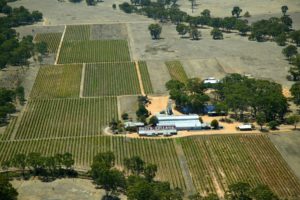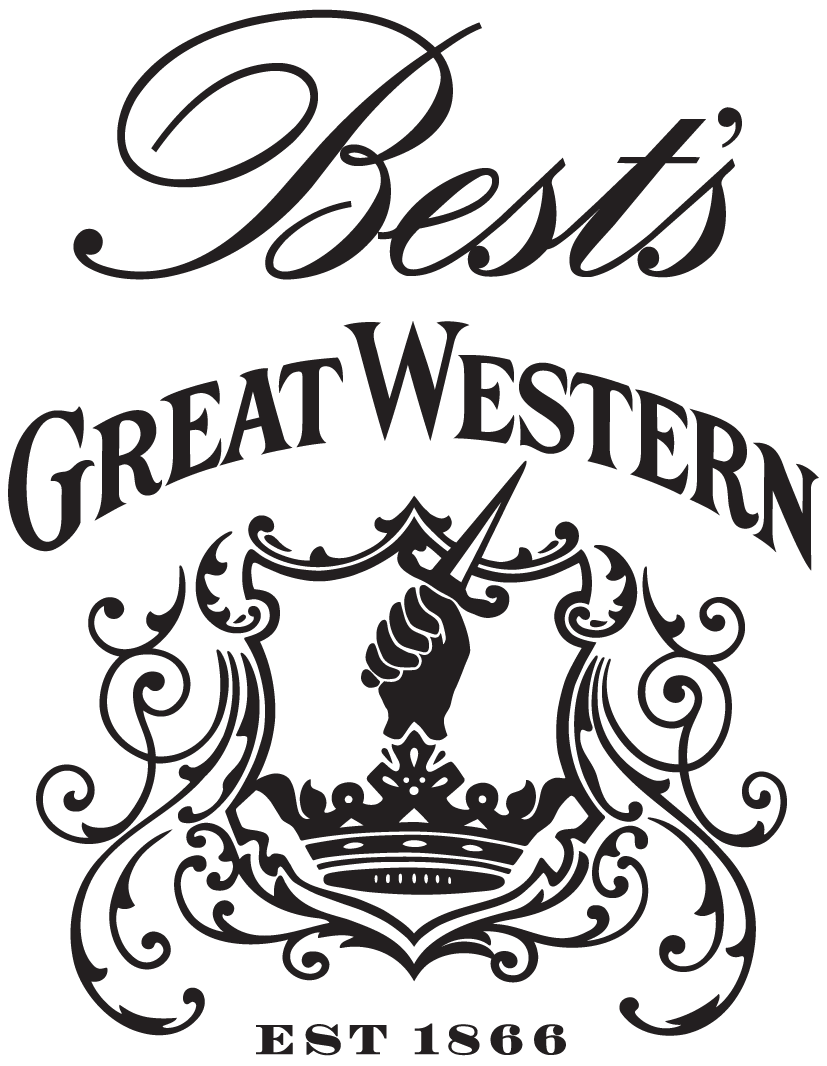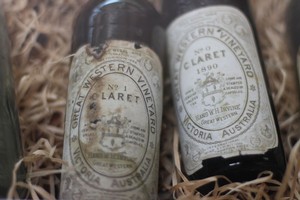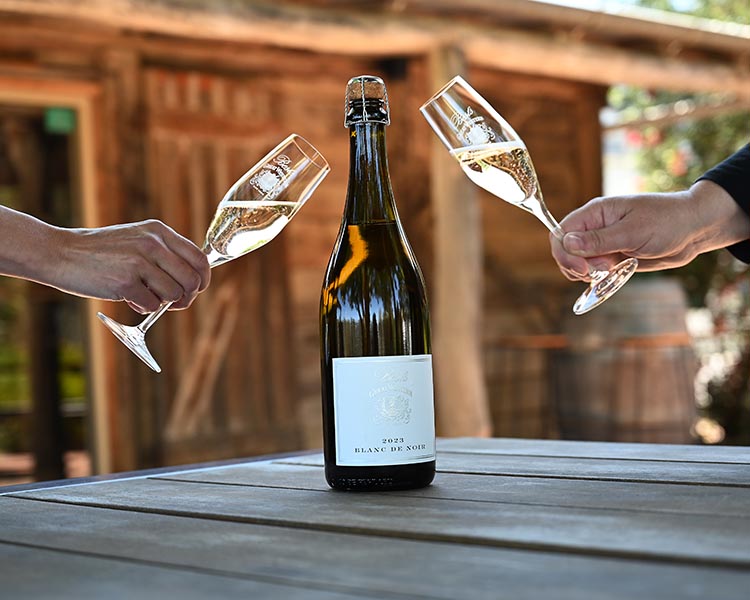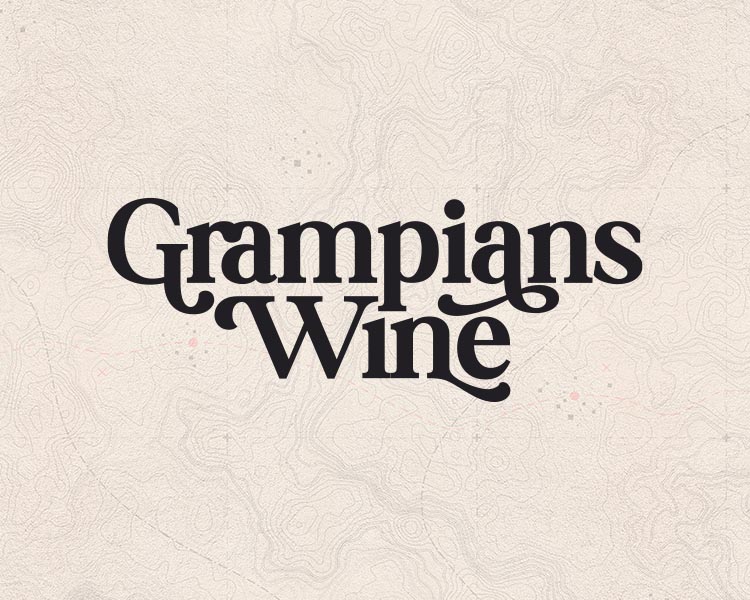100 Years of the Thomson Family

The Australian wine industry is rich in family histories that weave together to create a unique story about Australian wine. There are many family-owned wineries that remain in family hands. With the fourth, fifth or even sixth generations now at the helm and breathing new life into their historic past. This has certainly been the case for the Thomson family. In 2020 they celebrated 100 years of being the custodians of Best’s Great Western.
It has been a remarkable journey. With a shared commitment passed down through generations to produce distinctive wines from the historical Great Western vineyards.
The early beginnings – purchasing Concongella
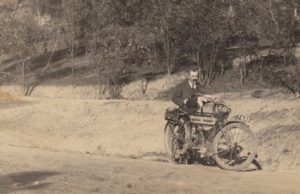 The Thomson family began making wine in Victoria in 1893, when Scottish born William Thomson settled in Great Western and purchased a vineyard called St Andrews in Rhymney. William along with his son Frederick Pinchon, (who was sixteen at the time) set about expanding the property into a productive winery and orchard. Seven years after purchasing the vineyard, William sold St Andrews to his son. William returned to Melbourne where he re-established himself as a caterer and a baker.
The Thomson family began making wine in Victoria in 1893, when Scottish born William Thomson settled in Great Western and purchased a vineyard called St Andrews in Rhymney. William along with his son Frederick Pinchon, (who was sixteen at the time) set about expanding the property into a productive winery and orchard. Seven years after purchasing the vineyard, William sold St Andrews to his son. William returned to Melbourne where he re-established himself as a caterer and a baker.
Frederick Thomson Takes the Helm of Best’s
Despite holding no formal qualifications, Frederick was proving to be an adept viticulturalist, and set about expanding his vineyard and business holdings in the region. In 1920, seven years after Henry Best’s death, Frederick Thomson purchased Best’s Great Western for £10,000.
In a letter to his parents on June 16, 1920, Frederick discussed the details of the purchase:
I pay £8000 cash and the balance of £2,000 in three months. I signed the contract yesterday and paid £500, next payment is in a fortnight. I am selling my Ararat and Minyip shops and going into wine alone. I am selling out of everything outside, houses in Ararat (I mean the two cottages) and the land.
Frederick’s wife Emily agreed to move from Ararat to their St Andrew’s property on one condition: that their daughters board at the Firbank School in Melbourne.
A local battle to retain Great Western
When Frederick Thomson bought Charles Best’s business, land, and properties, he also bought the name Best’s Great Western Wines Limited. However, on December 8, 1923, B. Seppelt and Sons lodged an application for the name ‘Great Western’ to apply exclusively to their products. On January 30, 1924, the registrar of trademarks approved Seppelt’s application and granted them sole usage of the name Great Western when applied to wine. The potential impact on Frederick’s business would be severe, so together with spirit merchant James Richardson, he opposed the application in the Victorian Supreme Court.
When the Court found in favour of Seppelt, Frederick was undeterred. He organized a number of other local vignerons and associated businesses to join him. Appealing the Supreme Court’s decision in the High Court of Australia. A bold move for the 1920s, but there was simply too much at stake. They engaged Owen Dixon QC – later to become Chief Justice of the High Court – to lead their case. After a three-year hearing, the High Court justices unanimously overturned the Supreme Court’s decision. Declaring that Seppelt could not have sole use of the name Great Western.
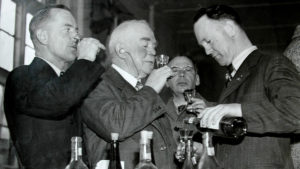
The Great Depression Hits
Times were tough in those early days. In 1929 – as the western world plummeted into economic depression – receivers were called in. However, the Thomson spirit is strong. In 1930, Frederick together with his son Eric (born Frederick Hamill), purchased a block of land at Lake Boga – 240km north of Great Western. They set out to rebuild, and their luck was about to change. The receiver had no success selling Best’s. Frederick was offered the chance to buy the property back. After just one vintage, Best’s returned to the hands of the Thomson Family.
Eric Thomson Consolidates the Family Holdings
Eric Thomson has been described as the quiet consolidator of the family. His hard-working approach ensured that Best’s not only survived but flourished.
In 1944, Eric, together with his wife Mary and their son Viv (born in Swan Hill in 1938), moved from Lake Boga to Concongella.
It was country Australia at its finest – no water, no power, and winemaking was very much in its infancy. There were few others in the region to collaborate with, so the craft of winemaking at the time was honed by trial and error. Viv Thomson describes the challenges faced:
I remember when we first got power – I think it was in 1947 and it initially came from Ararat, but it was pretty low voltage type of stuff. The roads were all dirt roads in those days, of course. The train used to stop here, and we used to load barrels of wine, hogsheads and quarter casks onto the train. They were quite small, but they were heavy. I used to take them down in a horse and cart and unloading them was pretty tricky.
Eric was a visionary!
When visitors arrived at the Best’s Concongella Cellar Door, Eric offered them a glass of the vineyard’s wine – normally a claret. However, during the summer months, many visitors added soda water. Or even a splash of lemonade to their glass, to give their drink a touch of sparkle. With this in mind, Eric sent a cache of dry red wine to a soft drink manufacturer in Callawadda, near Stawell. Together they bottled a light, aerated red wine that Eric called Claretta. Best’s Claretta was an instant hit at the Cellar Door. The financial boon that helped support the business for many years to come.
In 1944, the Thomson’s sent a sample of their carbonated wine to Francois Robert de Castella – an influential figure in the wine industry. Eric’s Claretta was met with rave reviews, further cementing the merit of the idea.
Like all the Thomson’s who have run Best’s, Eric was self-taught. However, he closely followed the work being done at the Wine Research Institute in South Australia and making connections when he had a technical problem. Eric’s approach of never being afraid to ask questions, as well as the contacts he made, stood the business in good stead.
Best’s St Andrews property at Lake Boga
St Andrews at Lake Boga has served the business well for more than eighty-five years. It has been the saviour of the business on several occasions. From 1944, Lake Boga was primarily managed by Eric’s brother, Bill, who moved there with his wife, Jessie, and daughter, Barbara. The Lake Boga ‘lifeline’ continued until the late 1960s when consumer tastes began to change. Until then, the fortified and carbonated wines and brandies that were produced at Lake Boga were far more popular than the Concongella wines. Bill, though, did not let things stand still. He recognised this change towards varietal table wines and put in new plantings of Riesling and Cabernet, followed by Chenin Blanc, Chardonnay and Merlot. He also increased the plantings of Shiraz. Bill’s passion for Lake Boga went beyond the vineyard and he was heavily involved in the Lake Boga and Swan Hill communities.
Viv Thomson Joins the Family Business
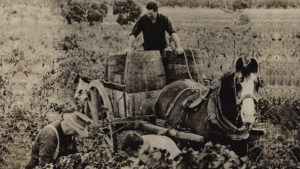
Frederick and Viv Thomson, 1966
Eric’s son Viv was not initially sure that he’d follow his family into wine. He moved to Roseworthy, north of Adelaide, and studied agriculture at Roseworthy Agricultural College. Viv then set off to Kenya and Europe. He rode a vesper from London to Norway through much of Western Europe. He returned to Australia and joined the family business in 1961. When he met the love of his life, Chris, they settled down together in Great Western.
Chris had grown up in Horsham, not too far from Great Western. Like Viv, she was from a farming family, and she too boarded at school in Melbourne – Korowa Anglican Girls School. Viv and Chris have four children: Ben, Hamish, Yvette, and Marcus.
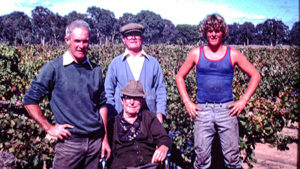 The sixties saw wine become more widely accepted with Australian consumers. However, rather than chasing the latest popular trends, the Thomson philosophy remained true. By producing distinctive wines expressive of the region from which they came. As Viv explains, “After 150 years here, we have a pretty good idea of the varieties that grow well in our region.”
The sixties saw wine become more widely accepted with Australian consumers. However, rather than chasing the latest popular trends, the Thomson philosophy remained true. By producing distinctive wines expressive of the region from which they came. As Viv explains, “After 150 years here, we have a pretty good idea of the varieties that grow well in our region.”
For over 100 years Best’s operated with only a Best or Thomson family member as winemaker. However, in 1975, Viv Thomson appointed Trevor Mast – Best’s first external winemaker. To date, there have been only six non-family winemakers: Trevor Mast (1975-1988), Simon Clayfield (1988-1997), Michael Unwin (1997-2000), Hamish Seabrook (2000-2005), Adam Wadewitz (2005-2011) and Justin Purser (2011-present).
For over fifty consecutive vintages, Viv was the custodian of Best’s historic vineyards winemaking tradition. Forging the reputation of the brand as it exists today and becoming a well-respected luminary of the Australian wine industry.
The Future
Today, Viv’s oldest son Ben is at the helm of Best’s. His brother Hamish returning to the family business in 2016. Yvette has been involved over the years, and much of the stunning photography you’ll often see of the vineyards and wines are courtesy of Marcus Thomson. Ben’s wife Nicole is also actively involved, managing the Concongella Wine Club, and the sixth generation are showing an interest.
There have been many significant milestones under Ben’s guidance, like the purchase of the Sugarloaf Creek Vineyard in 2018 – securing Best’s regional future – and the 2012 Jimmy Watson Memorial Trophy for the 2011 Bin No.1 Shiraz. Ben oversees all of the new innovations and techniques we continue to trial. To incorporate into the business to ensure its success for the next centenary.
We’re proud to remain family-owned and operated. And to continue making world-class wines for generations of Australians to enjoy for many years to come.
